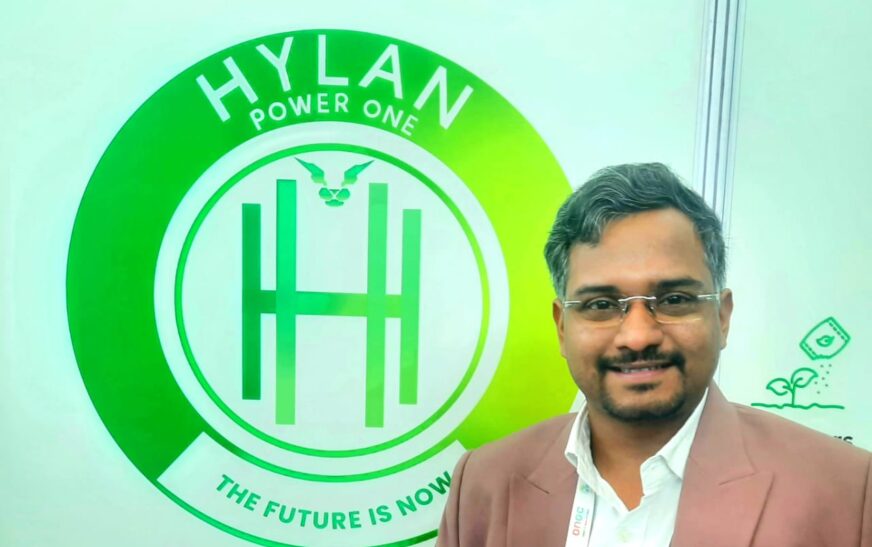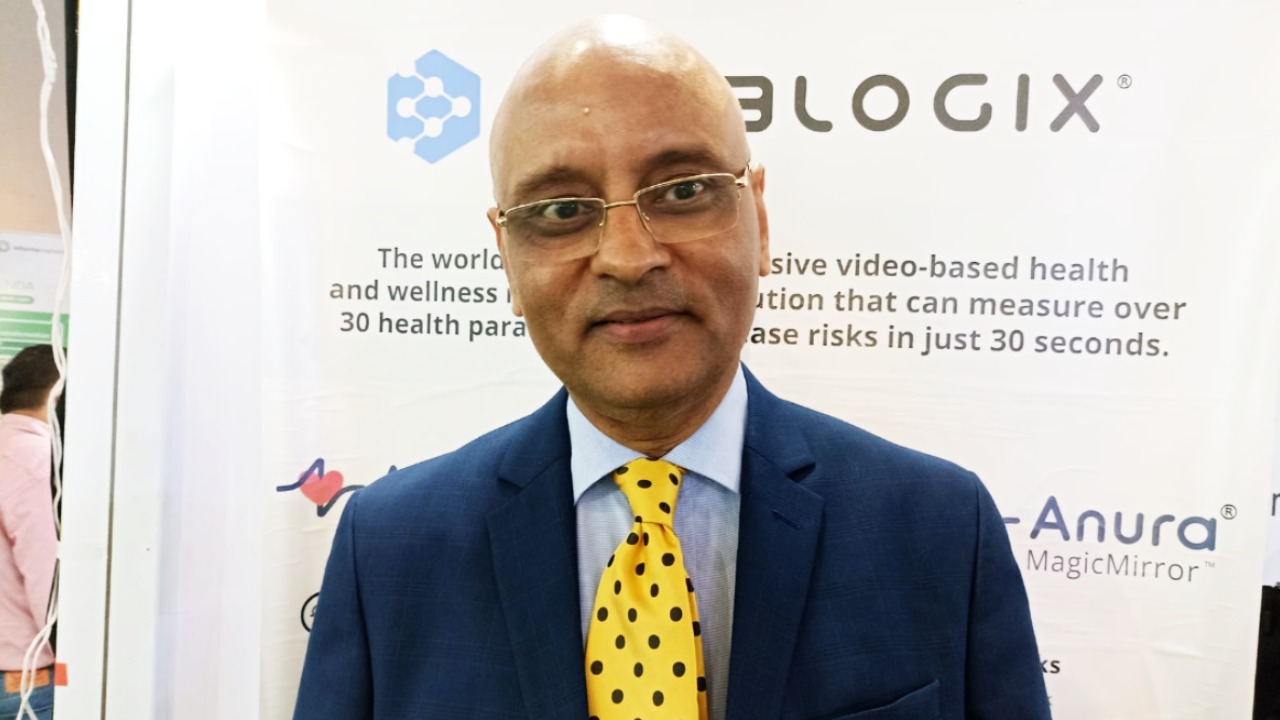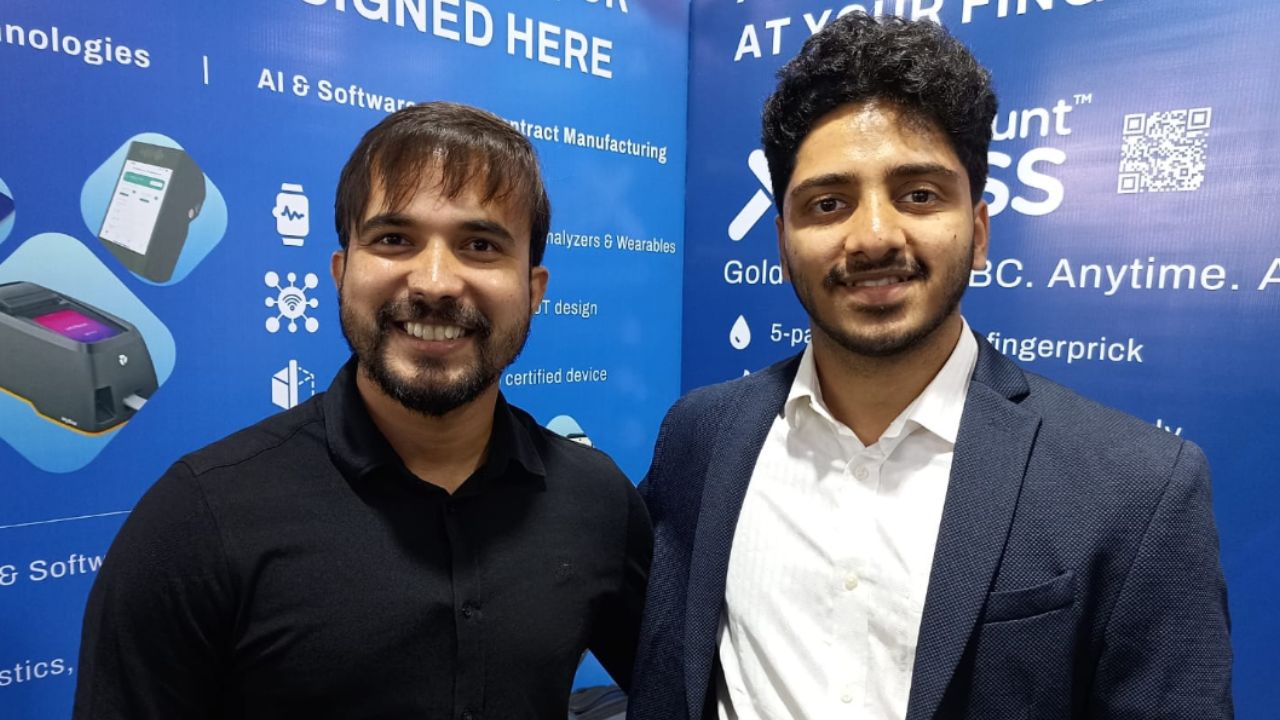Hylan Power One is a trailblazing technology company at the forefront of Solid Oxide Electrolysis Cell (SOEC) and Solid Oxide Fuel Cell (SOFC) innovation. Committed to propelling India into global hydrogen leadership, the company focuses on advancing high-efficiency Reversible Solid Oxide Cells (R-SOCs). Unlike conventional electrolyser solutions, Hylan’s technology is entirely indigenized—designed, developed, and manufactured in India—ensuring unmatched quality, reliability, and performance.
Fuelled by innovation, Hylan Power One is accelerating the shift to hydrogen-based energy, driving the world toward a low-carbon future. The company envisions India as a global hydrogen powerhouse and is relentlessly pursuing the ambitious “111” target—delivering hydrogen at $1 per kilogram within a decade. With cutting-edge, cost-effective, and scalable solid oxide solutions, Hylan Power One is also redefining the electrolyser market, spearheading a clean energy revolution, and catalysing the global transition to sustainable energy.
At India Energy Week 2025, in an exclusive conversation with The Interview World, Achintya Venkat, Co-founder and Chief Technology Officer of Hylan Power One, shares groundbreaking insights. He unveils the next generation of electrolyser and fuel cell technology, illustrating its potential to revolutionize large-scale mobility systems, including railways and shipping. Furthermore, he envisions sustainability-driven breakthroughs in aviation fuel, highlights the cost-efficiency of fuel cell technology, and reinforces his mission to indigenously develop transformative energy solutions. Here are the key takeaways from this compelling discussion.
Q: How is Hylan revolutionizing next-generation energy systems in India to drive sustainability and carbon neutrality? Could you elaborate on your system, the key solutions you provide, and the innovations that set your approach apart?
A: At Hylan Power One, we are pioneering the next generation of electrolyser and fuel cell technology, with a sharp focus on solid oxide electrolyser systems. Our mission is to develop and design these systems entirely in-house, ensuring full technological independence. We have already completed cell development and are now advancing into stack and system development, marking a significant milestone in our journey.
Our primary objective is to drive down system costs while delivering one of the most efficient solutions for both electrolyser and fuel cell operations. By localizing manufacturing in India, we achieve a competitive cost advantage over existing technologies. This strategic approach not only strengthens domestic capabilities but also enhances affordability and accessibility for industrial deployment.
Compared to conventional technologies like alkaline and PEM electrolysers, solid oxide electrolysers offer a minimum of 20–25% higher efficiency. Once we optimize capital and procurement costs, our operational expenditures will also drop by a similar margin. Ultimately, our goal is to make hydrogen production more cost-effective at its source, accelerating the transition to a sustainable hydrogen economy.

Q: Are your fuel cells compatible with various energy consumption systems, including sustainable mobility? How does your technology ensure seamless integration?
A: This system operates at high temperatures, ranging from 700 to 800 degrees Celsius, making it most suitable for stationary applications. Due to this limitation, its mobility applications are best suited for large-scale sectors like railways and shipping rather than trucks, buses, or passenger vehicles. The system’s true economic and operational advantage emerges when deployed at scale, where higher capacity enhances efficiency and cost-effectiveness.
A key innovation we are developing is the reversible mode of operation, allowing the same system and stack to function as both an electrolyser and a fuel cell. In the shipping industry, for instance, this dual functionality transforms how energy is managed. When a cruise liner is docked, the system operates in electrolyser mode, producing hydrogen that can be stored for the next leg of the journey. Once the ship is at sea, the same system switches to fuel cell mode, utilizing the stored hydrogen to generate power for propulsion and onboard energy needs.
Beyond power generation, the fuel cell mode offers another critical advantage—it produces high-grade heat as a byproduct. This heat can be harnessed for onboard thermal desalination, enabling ships to generate clean, fresh water in the middle of the ocean. By integrating energy production and resource efficiency, we are shaping a transformative approach to sustainable mobility.
Q: Do you have also plans for hydrogen fuel cells in aviation applications, or are there limitations in their fitment and feasibility?
A: We are not focusing on direct application at the moment. Instead, our target is an indirect approach where the electrolyser stack under development can also produce syngas. When carbon dioxide, captured from emissions, combines with steam and enters the electrolyser as feed, it generates syngas.
Syngas serves as a crucial feedstock for the Fischer-Tropsch process, which enables the production of synthetic fuel. Our strategy for decarbonizing the aviation industry revolves around this. By leveraging our electrolysers to produce syngas, we create a sustainable pathway for generating synthetic fuel, reducing aviation’s carbon footprint effectively.
Q: What are the cost factors drive your fuel cells, and how do you ensure their affordability for applications in shipping and railways?
A: As we scale up production of electrolysers and fuel cells, we anticipate a significant drop in the cost of green hydrogen. Our projections suggest it could reach approximately $2 per kilogram, or around ₹150-160.
In fuel cell mode, we expect electricity costs to range between ₹5-6 per unit—making it highly competitive with other renewable energy sources. With both green hydrogen and fuel cells in place, we can generate clean power efficiently, accelerating the transition to a sustainable energy ecosystem.
Q: Where do you see Hylan in the next five to ten years in terms of revenue growth and technological innovation?
A: Innovation has always been at the core of everything we do. Our primary mission has been to indigenize the entire process, developing technology from scratch to achieve maximum self-reliance.
Continuous development remains a priority, evolving as needed over the next five, ten, or even fifteen years. On the revenue front, we plan to begin generating revenue by March 2025. Over the next ten months, we will establish a seven-megawatt manufacturing facility. Beyond that, we will scale further based on market performance and expansion opportunities.








